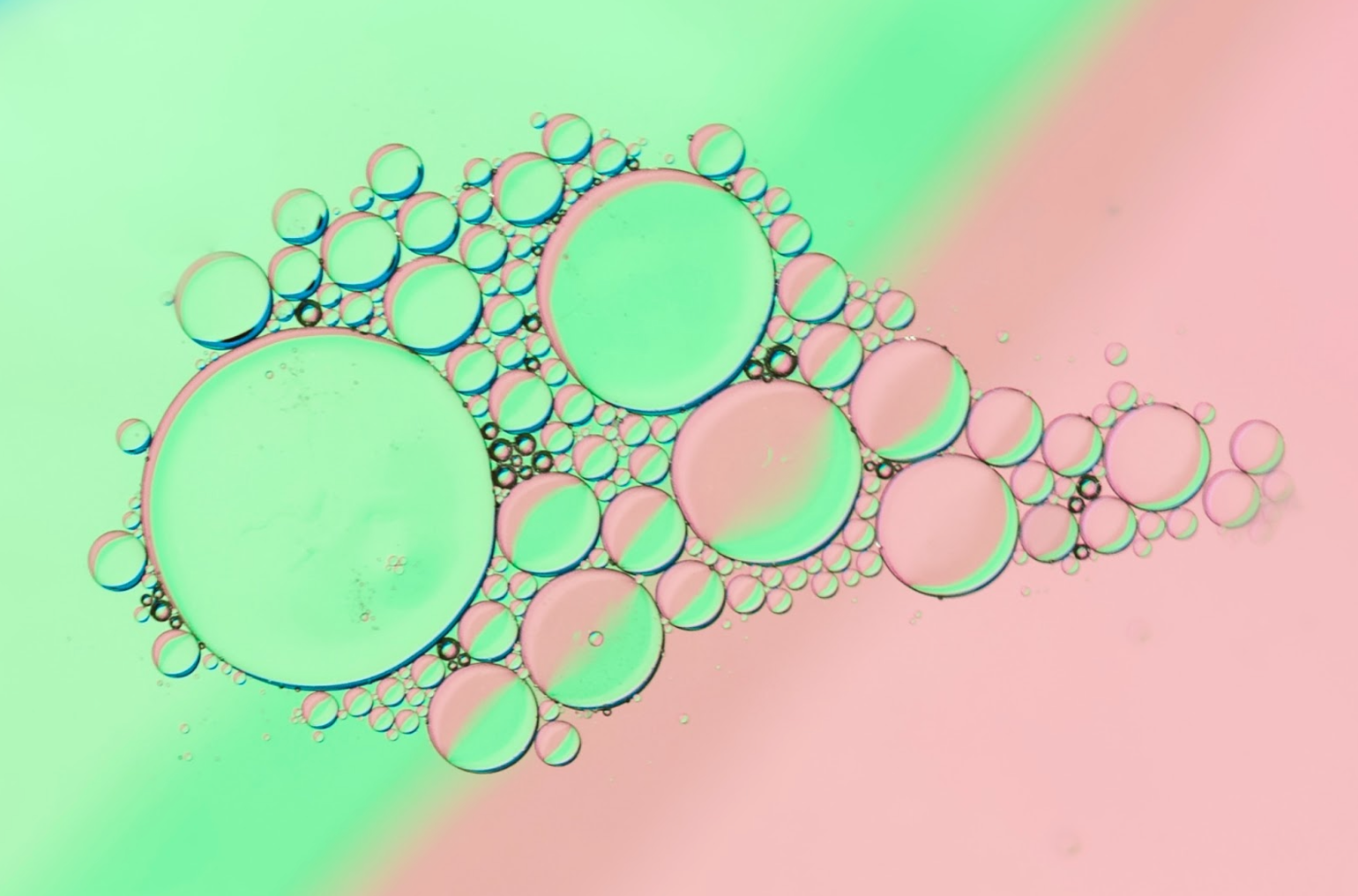What Is The Difference Between NAD, NAD+, And NADH?

NAD, NAD+, and NADH are making an impact on the current health and wellness trend. They seem to be promising therapies with potential anti-aging properties, increased energy production, and improved recovery.
But what exactly are they, how do they work, and why are they so important?
Once you understand the difference between NAD vs NAD+ (and NADH), you can help unlock their full potential.
So, if you are curious about getting NAD therapy but don't know which is the best NAD supplement for you, we are here to clarify everything for you. Here, we are going to take a look at NAD vs NADH and which is the best option to choose, as well as a comparison table between the three molecules and how you may benefit from NAD IV therapy.
Additionally, you'll learn how, at Drip Gym, you can find accessible NAD IV therapy to help you reach your optimal health levels.
Key Takeaways
-
NAD (Nicotinamide Adenine Dinucleotide) is a coenzyme that is critical for cellular functions like energy production and repair.
-
NAD+ is an oxidizing agent that helps support the aging processes, improve stress resistance, and promote DNA repair.
-
NADH (the reduced form of NAD+) is essential for cell energy production.
-
These molecules work together in redox reactions. They help maintain the delicate balance of cellular health.
-
NAD+ IV therapy at Drip Gym offers an efficient, advanced way to boost cellular energy and vitality.
What Is NAD and Why Does It Matter?
NAD (Nicotinamide Adenine Dinucleotide) is a vital coenzyme found in every cell. It's essential for keeping your metabolism running and your body full of energy.
NAD serves two primary purposes:
-
Energy Production: It plays a crucial role in converting nutrients into ATP (the energy currency within your cells).
-
Cellular Repair: NAD helps repair damaged DNA, enabling your body to recover from stress and aging.
However, one of the problems with NAD is that they naturally decrease with age. That is why, as you get older, you may start experiencing more fatigue, reduced vitality, and an increased risk of chronic conditions.
What is Oxidation and Reduction
Oxidation and reduction (often as redox reactions) are chemical processes in the body. These cellular processes involve the transfer of electrons between molecules. Specifically, oxidation is when a molecule loses electrons, and reduction is when a molecule gains electrons.
These terms are important to understand since they are the main difference between NAD+ and NADH.
When it comes to NAD, this molecule is the central player in these reactions. NAD+ is an electron acceptor, meaning it reduces to NADH when your body is producing energy. Then, NADH donates these electrons in other reactions and converts them back to NAD+. This cyclical process is important for generating ATP (energy) and maintaining cellular energy levels.
Breaking Down NAD, NAD+, and NADH

NAD: The Central Coenzyme
NAD is the central coenzyme in several metabolic reactions within our cells. As we’ve seen, it is crucial to convert the food you eat into ATP to help provide the energy your cells need to function properly.
NAD+: The Oxidized Form
NAD+ is the oxidized form of NAD. It’s an electron acceptor (collects electrons). This process helps in cellular repair, including DNA repair. By supporting DNA repair, NAD+ plays a big role in our body’s ability to recover from stress and aging.
NADH: The Reduced Form
NADH is the reduced form of NAD. It’s an electron donor (gives away electrons). NADH is involved in ATP synthesis, which contributes to the energy production of the cells. This process is important for various physiological functions, including muscle contraction, neurotransmitter synthesis, and overall energy production.
NAD vs. NAD+ vs. NADH—How Do They Differ?
Do you still have questions about the differences between these molecules? Here’s a simple visual to help you distinguish NAD, NAD+, and NADH:
|
Feature |
NAD |
NAD+ (Oxidized) |
NADH (Reduced) |
|
Role |
Central coenzyme |
Electron acceptor |
Electron donor |
|
Form |
Base molecule |
Oxidized |
Reduced |
|
Function |
Enables redox reactions |
Collects electrons (oxidizes) |
Transfers electrons (reduces) |
|
Key Benefit |
Overall energy production |
Energy creation and repair |
ATP synthesis |
NAD Supplementation and Health Benefits
Since NAD levels decrease with age, researchers have looked into the benefits of NAD supplementation. Here are some of the possible benefits of NAD supplements.
-
Increased energy and reduced fatigue
-
Repair of DNA damage caused by aging or environmental stress
-
Brain health and cognitive function
-
Metabolism and recovery
Types of NAD Supplements
-
NAD+ Capsules: Convenient but less effective due to low bioavailability.
-
NAD Precursors: Options like NMN (Nicotinamide mononucleotide) or NR (Nicotinamide riboside) may boost NAD production indirectly. Keep in mind individual results may vary due to absorption and conversion rates.
-
NAD+ IV Therapy: This is the most direct way to replenish NAD+ levels. It delivers NAD intravenously for maximum absorption and immediate results.
At Drip Gym, our NAD+ IV therapy is tailored to deliver fast and effective results. With in-house and at-home options, you can boost your NAD+ levels the best way. Call us today at +1 516-445-7191 to learn more about this revolutionary health treatment option.
How To Boost NAD Levels Naturally
If you’re not ready to try IV therapy, here are several lifestyle strategies to maintain and even increase your NAD levels:
-
Dietary Changes: Try to include foods rich in tryptophan (like turkey and chicken). You can also eat more niacin-rich foods like fish, avocados, and peanuts.
-
Exercise: Regular physical activity stimulates NAD production. Focus on cardio and endurance workouts for best results.
-
Sleep: Quality sleep helps regulate circadian rhythm and optimize NAD production. Aim for 7-8 hours of uninterrupted sleep.
-
Calorie Restriction: Intermittent fasting or calorie restriction activates specific pathways (Sirtuins) associated with NAD production and longevity.
Final Words
NAD, NAD+, and NADH work together to provide the energy your body needs to function properly. Understanding their roles and differences is key to better health, more energy, and recovery. Drip Gym offers advanced NAD+ IV therapy. We have the best science-backed solutions for you.
So whether you want to boost your metabolism, anti-aging, or just get your energy back, we’ve got you covered.
Call +1 516-445-7191 or book online now.
DISCLAIMER
If you have any medical questions or concerns, please talk to your healthcare provider. The articles on our website are based on information drawn from medical research, societies, and governmental agencies. However, they are not a substitute for professional medical advice, diagnosis, or treatment.
References
- de, Izabelle, et al. “Evaluation of Safety and Effectiveness of NAD in Different Clinical Conditions: A Systematic Review.” Endocrinology and Metabolism/American Journal of Physiology: Endocrinology and Metabolism, vol. 326, no. 4, 1 Apr. 2024, pp. E417–E427, https://doi.org/10.1152/ajpendo.00242.2023.
- Henderson, John D, et al. “The Use of a Systems Approach to Increase NAD+ in Human Participants.” Npj Aging, vol. 10, no. 1, 1 Feb. 2024, https://doi.org/10.1038/s41514-023-00134-0.
- Iqbal, Tooba, and Takashi Nakagawa. “The Therapeutic Perspective of NAD+ Precursors in Age-Related Diseases.” Biochemical and Biophysical Research Communications, vol. 702, 1 Apr. 2024, pp. 149590–149590, https://doi.org/10.1016/j.bbrc.2024.149590.
- Radenkovic, Dina, et al. “Clinical Evidence for Targeting NAD Therapeutically.” Pharmaceuticals, vol. 13, no. 9, 15 Sept. 2020, p. 247, https://doi.org/10.3390/ph13090247.
- Rajman, Luis, et al. “Therapeutic Potential of NAD-Boosting Molecules: The in Vivo Evidence.” Cell Metabolism, vol. 27, no. 3, Mar. 2018, pp. 529–547, https://doi.org/10.1016/j.cmet.2018.02.011.




